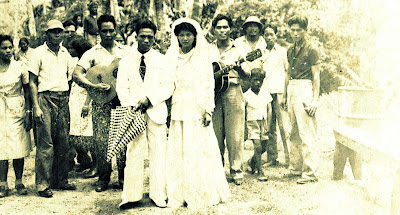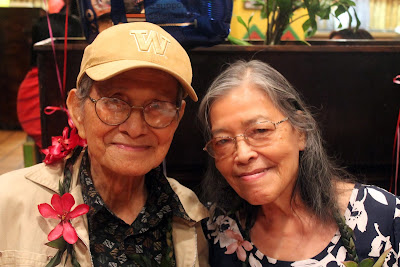Hita i Chamorro
I collect as many things in the Chamorro language as I can. I have my students interview elders in Chamorro. I try to find everything online in Chamorro and cut and paste them into word documents. I have thousands of pages of photocopies children’s books and informational materials in Chamorro. I also, as much as I can try to write down or remember the things that people say to me. I have countless random pages from minutes of meetings, to the backs of student papers, to even napkins from restaurants, all of which have scribbles of Chamorro sentences on them. As I was trying to find some materials for my class tomorrow, I came across this excerpt from a conversation I had with an elderly Chamorro man last year. I really like its message. I may someday get this blown up and place it on my wall as a poster Hu faisen i lahi-hu, sa’ håfa malago’ hao umotro? Håfa na un tatitiyi i kustumbren Amerikånu? Ilek-ña tåya’ dangkolu na bidå-ta hun i Chamorro. Ilek-hu, lachi hao lah


.png.jpg)